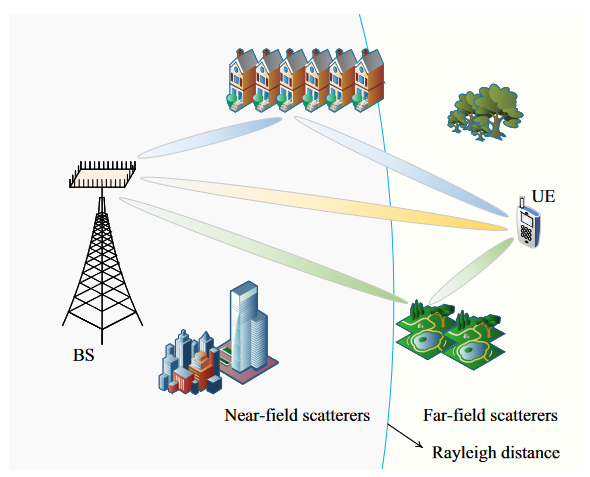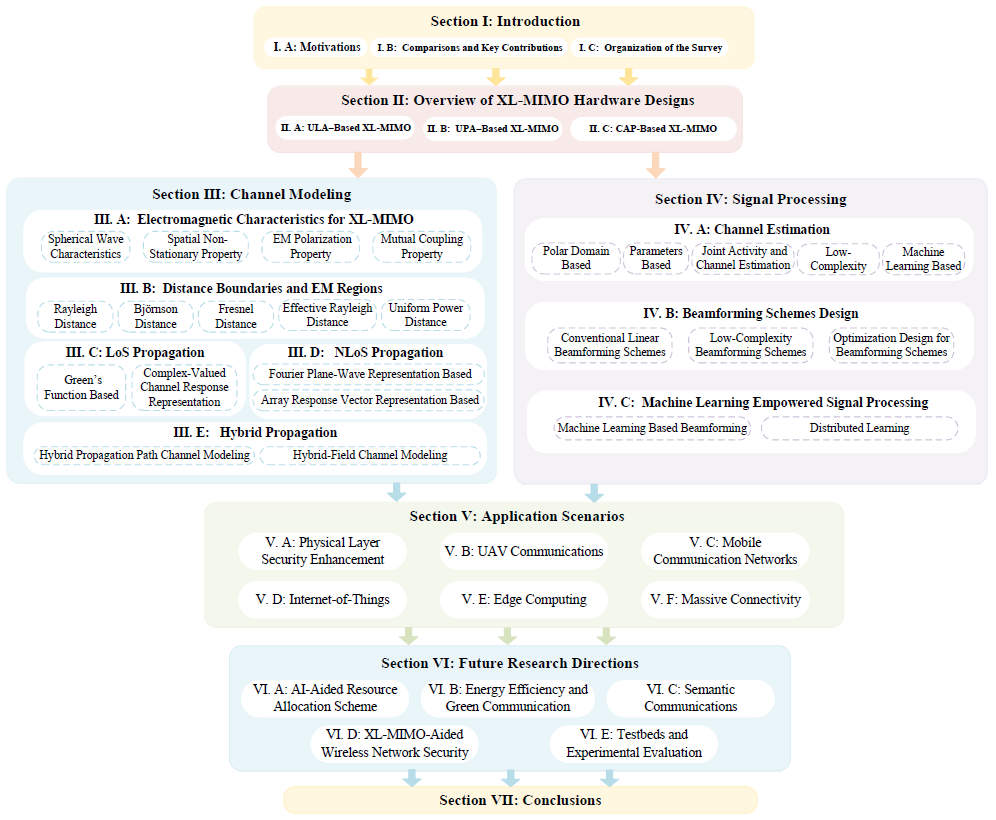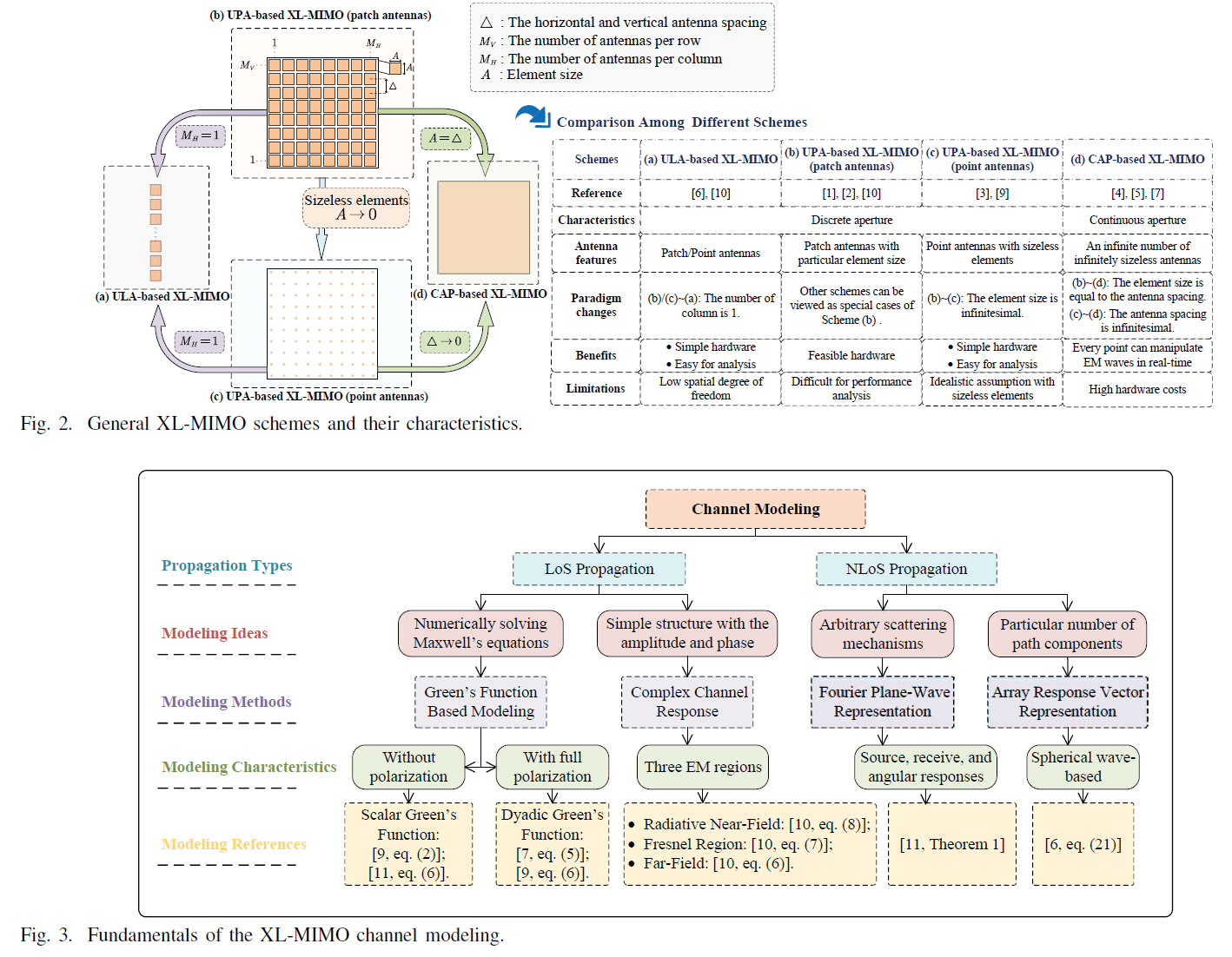Optimal Bilinear Equalizer for Cell-Free Massive MIMO Systems over Correlated Rician Channels
Published: IEEE Transactions on Signal Processing
We explore the low-complexity optimal bilinear equalizer (OBE) combining scheme design for cell-free massive multiple-input multiple-output networks with spatially correlated Rician fading channels. We propose one centralized and two distributed OBE schemes: Centralized OBE (C-OBE), Distributed OBE based on Global channel statistics (DG-OBE), and Distributed OBE based on Local channel statistics (DL-OBE), which maximize their respective SE expressions. OBE matrices in these schemes are tailored based on varying levels of channel statistics.

Citation: Zhe Wang, Jiayi Zhang, Emil Björnson, Dusit Niyato, Bo Ai, "Optimal Bilinear Equalizer for Cell-Free Massive MIMO Systems over Correlated Rician Channels," IEEE Transactions on Signal Processing, accepted, 2025.
Paper Link: https://arxiv.org/pdf/2407.18531











